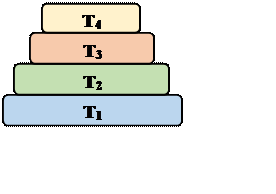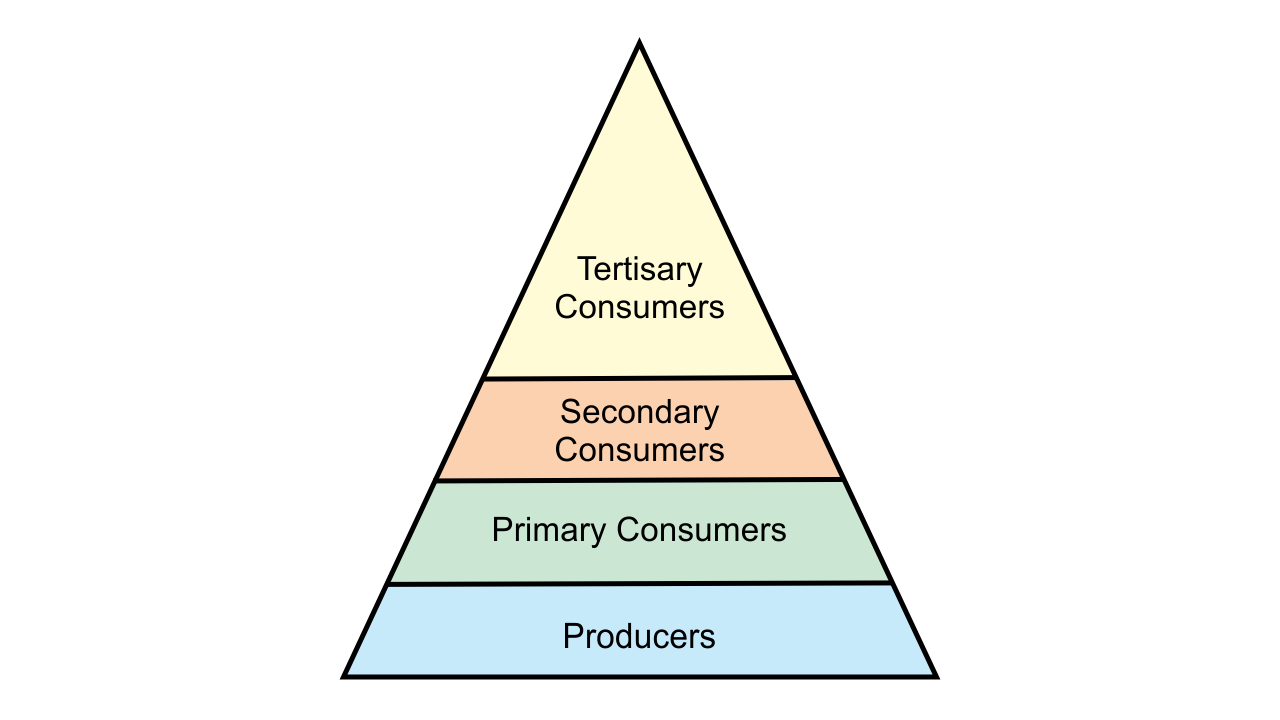NCERT Exemplar for Class 10 Science - Our Environment - Free PDF Download
FAQs on NCERT Exemplar for Class 10 Science Chapter 15 - Our Environment (Book Solutions)
1. What are different topics discussed in the NCERT Exemplar for Class 10 Science Chapter 15 - Our Environment (Book Solutions)?
The important topics discussed in the NCERT exemplar Class 10 Chapter 15 are:
What happens when humans add waste to their surroundings?
Components of ecosystem
Food web and food chains
How do anthropogenic activities affect the environment?
Depletion of the ozone layer
Waste management
2. What is the essence of the NCERT Exemplar for Class 10 Science Chapter 15 - Our Environment (Book Solutions)?
In this Chapter 10 science - Our environment, we will be knowing about different components of the environment, how they interact with each other, how human actions affect our environment, and various changes taking place in our surroundings. This topic in exemplar contains MCQs, short and long answers. It has around 21 MCQs, 8 short and 9 long answers
3. Explain harmful effects of agricultural practices discussed in the NCERT Exemplar for Class 10 Science Chapter 15 - Our Environment (Book Solutions)?
Extensive cropping will leach the soil of its minerals and nutrients. Over time it will lead to soil erosion and desertification. The use of artificial fertilizers leads to soil and water pollution. Artificial fertilizers need huge water resources to irrigate which might strain the already scarce water resource. These chemical fertilizers are not biodegradable, they get accumulated in organisms and get magnified to the next trophic level. Indiscriminate extension of agricultural lands reduces forest area.
4. What are the byproducts of fertilizer industries discussed in NCERT Exemplar for Class 10 Science Chapter 15 - Our Environment (Book Solutions)?
Nitrogen and Sulphur oxides are common byproducts of the fertilizer industry. They enter the atmosphere and spread with the wind. They are not only harmful to human beings but also corrode many things. They also cause acid rain which destroys forests, animals and causes cancer in human beings. Many experts suggest minimal use of fertilizer to reduce its demand and production. Some even suggest shifting to natural sustainable fertilizer which will improve soil fertility and are also safe for the environment.
5. What are the waste management mechanisms discussed in the NCERT Exemplar for Class 10 Science Chapter 15 - Our Environment (Book Solutions)?
Waste management mechanisms discussed in NCERT are:
Combustion chambers to control gas pollutants. The chambers can be oxidised after a certain number of uses.
Pollutants are exposed to very high temperatures.
Few gases and harmful material are removed through absorption techniques. This process removes not only harmful elements but also stinking smells from the substance.










































